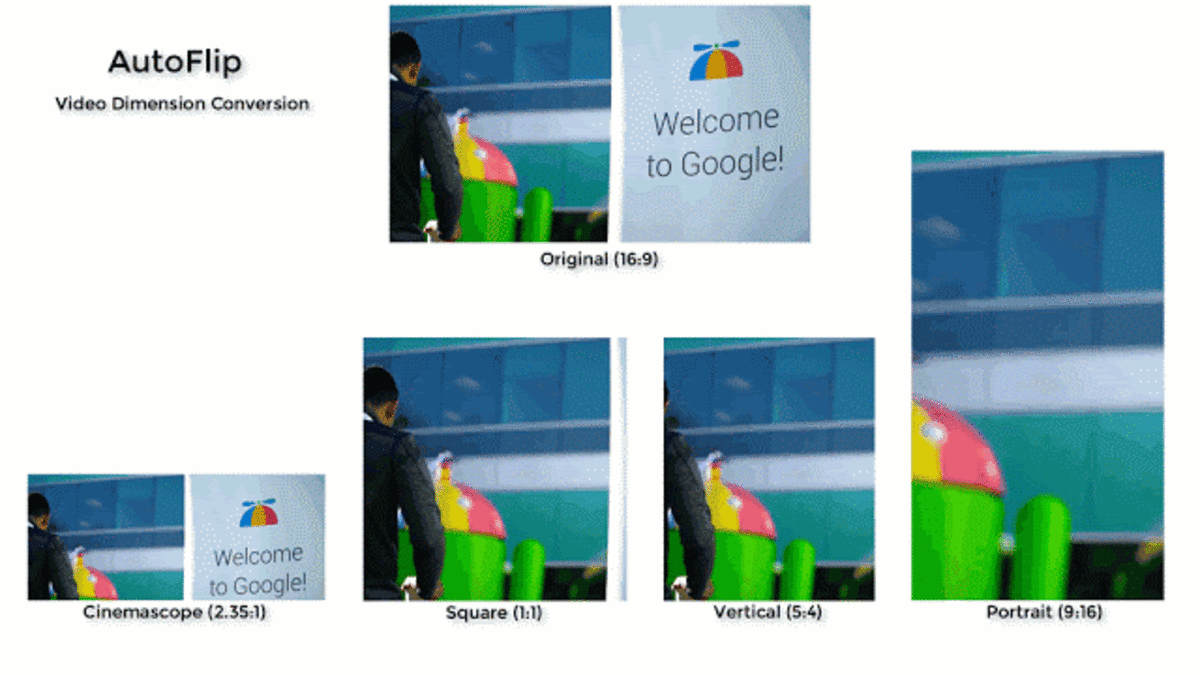Claims were made on Sunday that No 10may be preparing a new onslaught on the BBC with a threat to scrap the television licence fee and turn it into a subscription service.
The Sunday Times quoted a senior source as saying that the broadcaster could be forced to sell off most of its radio stations in a “massive pruning back” of its activities.
The source told the paper that Boris Johnson was “really strident” on the need for serious reform. They said there would be a consultation on replacing the licence fee with a subscription model, adding: “We will whack it.”
The paper said that the number of BBC television channels could also be reduced, the website scaled back and stars banned from cashing in on well-paid second jobs.
This potential attack will be seen as a further escalation of the hostilities between No 10 and the corporation, with many Tories still angry at its coverage of last year’s general election. The government is already consulting on proposals to decriminalise non-payment of the licence fee, and ministers have suggested it could be abolished altogether when the BBC’s charter comes up for renewal in 2027.
It was reported that the review will be led by former culture secretary John Whittingdale, who was reappointed to his old department in last week’s reshuffle.
The Sunday Times quoted one source as saying: “We are not bluffing on the licence fee. We are having a consultation and we will whack it. It has got to be a subscription model. They’ve got hundreds of radio stations, they’ve got all these TV stations and a massive website. The whole thing needs massive pruning back.
“They should have a few TV stations, a couple of radio stations and massively curtailed online presence and put more money and effort into the World Service which is part of its core job. The PM is firmly of the view that there needs to be serious reform. He is really strident on this.”
The warning comes after the BBC chairman, Sir David Clementi, last week mounted a strong defence of the licence fee system. He warned that putting the broadcaster behind a paywall would undermine its ability to “bring the country together”.
Meanwhile the prime minister’s aides also turned their fire on highly paid BBC stars who made huge sums from outside work, suggesting they should be forced to donate the money to charity.
“It’s an outrage that people who make their profile at public expense should seek to give themselves further financial rewards and personal gain,” one source told the paper. “They’re basically making their names on the taxpayer and cashing in. The BBC should immediately halt this practice and give the money to good causes.”
Source: No 10 could scrap BBC licence fee in favour of a subscription model | Media | The Guardian
Not giving out interviews and destroying critical thought are hallmarks of fascism. In order for democracy to work, people need as much information as they can get, from as many informed angles as they can get. And this is something the BBC can do, due to it’s independent money source. It doesn’t have to pander to the Love Island crowd.


